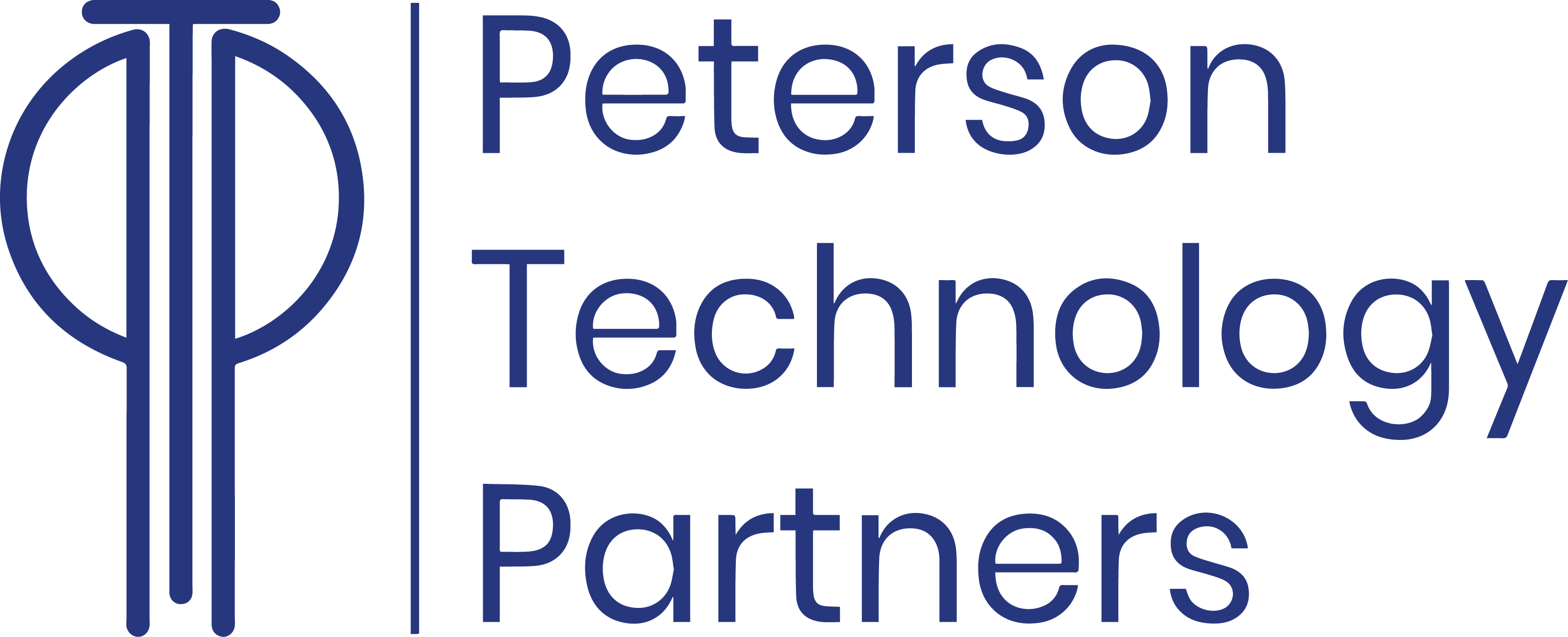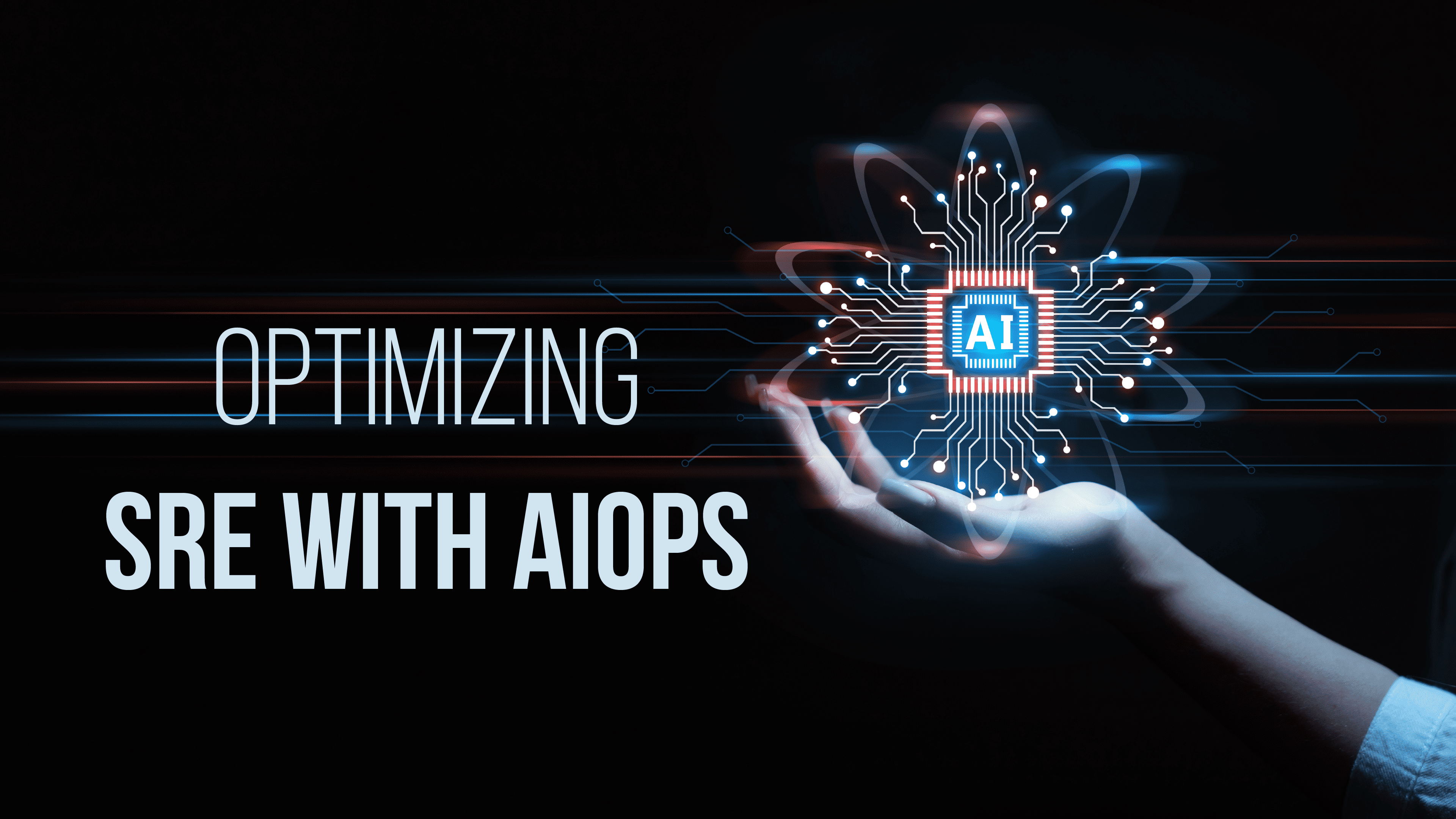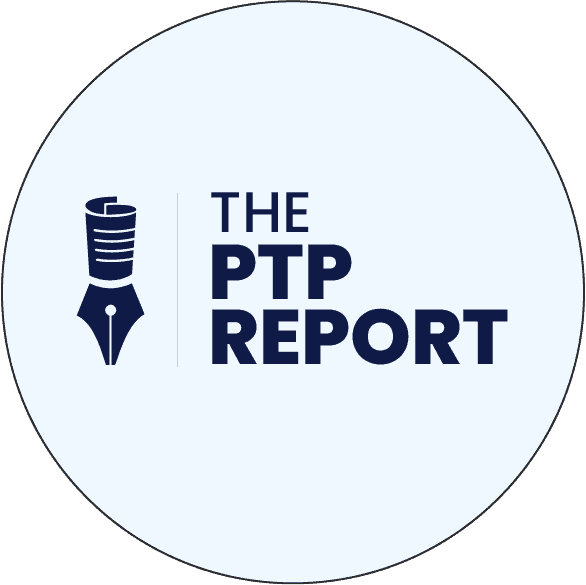In my previous article, I discussed the importance of Site Reliability Engineering (SRE) to running an efficient online business. SRE, first introduced by Google in 2003, revolutionized IT operations by bridging the traditional gap between development and operations teams.
However, the evolution doesn’t stop there.
Artificial Intelligence for IT Operations (AIOps) is further enhancing SRE by leveraging AI and machine learning capabilities to automate tasks, provide predictive analytics, and ultimately improve system reliability.
Before SRE and AIOps, there was a clear separation between development and operations teams, leading to operational shortcomings and reduced system reliability. With the advent of SRE, there’s a shared responsibility for reliability. AIOps elevates this further by automating and optimizing several aspects of reliability engineering, thus improving the business metrics significantly.
Let’s explore how AI and SRE are ideal for integration.
Monitoring and Observability
In any system, reliability is only as strong as your ability to measure it. The best tool at your disposal for this is observability, which lets you understand the state of your systems, trace problems to their root causes, and even predict future issues. Observability comprises three pillars: logs that record discrete events, metrics that quantify data, and traces that show the lifecycle of a request. When combined, they provide a comprehensive picture of what’s happening within a system.
AIOps adds a layer of intelligence to this, allowing SREs to observe the real-time behavior of applications and correlate information from all related components. This approach moves alerting from reactive to proactive by identifying anomalous patterns through time series analysis and machine learning algorithms. As a result, SREs are alerted before outages occur, sparing companies from the adverse impact on their business operations.
Data Collection and Monitoring: Laying the Foundation
To truly harness the capabilities of AIOps, organizations must focus on three key aspects: data collection and monitoring, data analysis and insights, and automation and remediation.
The journey toward achieving true AIOps begins with the collection of relevant data from various sources such as logs, metrics, and events. Think of this as laying the foundation for a sturdy building. Without a solid base of data, it would be impossible to monitor the performance and health of your systems effectively. Let’s take the example of a large e-commerce platform. By collecting and analyzing data on user behavior, website traffic, and server logs, AIOps can provide valuable insights into customer trends, system bottlenecks, and potential security threats.
Data Analysis and Insights
Once the data is collected, the real magic of AIOps happens. AI and machine learning algorithms kick into high gear, analyzing vast amounts of data to detect patterns and anomalies that may not be apparent to the human eye. It’s like having a team of super-powered detectives sifting through mountains of evidence to solve a complex crime. These algorithms can extract actionable insights, allowing organizations to make better, data-driven decisions. For example, AIOps can identify a sudden surge in website traffic during a promotional event, enabling the organization to dynamically scale their infrastructure and ensure a seamless user experience.
Automation and Remediation
One of the most groundbreaking aspects of AIOps is its ability to automate routine tasks and remediate problems without human intervention. Picture this: AIOps as your own personal superhero, swooping in to save the day. By utilizing machine learning data, AIOps can understand issues and implement the correct remedial steps autonomously.
This not only reduces the need for manual intervention but also leads to quicker resolution times and improved system reliability. For instance, in the case of an application outage, AIOps can analyze the root cause, automatically restart the affected services, and even reroute traffic to backup systems, all within seconds, ensuring minimal disruption to customers.
Self-Healing and Self-Teaching Systems
In the realm of AIOps, systems are not just reactive; they have gained the ability to be proactive and even predictive. Self-healing systems, enabled by AIOps, can detect anomalies and proactively take remedial actions before they become significant issues.
It’s like having an intelligent driver assistance system that warns you of potential hazards on the road and takes corrective measures to keep you safe. By leveraging machine learning algorithms, AIOps can signal abnormal patterns in workload or system behavior, enabling organizations to prepare for future scenarios.
For example, AIOps can predict an increase in website traffic during a flash sale and automatically allocate additional resources to handle the surge in demand, ensuring a smooth and seamless customer experience.
Cybersecurity
AIOps and self-healing also have a significant security dimension to their benefits.
If you have any kind of online presence today, you have to deal with bad actors trying to commit cybercrime and trying to hack your systems.
Your cybersecurity teams have to monitor logs and prevent black hats from damaging the site.
One of my clients, a global retailer who extensively depends on their e-commerce platform to reach customers, had us tasked with providing back-end support for every hour of every day through the Thanksgiving weekend.
Because they are an online retail business, if they fall victim to a cyber-attack at any point during the holiday period, and that results in even an hour of downtime, they risk losing millions in revenue. Customers not being able to browse their website, place orders, make payments, or anything that could impact the user experience would be disastrous.
What you can do with AIOps is:
- Set parameters to block bad actors from coming to the site.
- Alert your cybersecurity experts about any ongoing, or even potential, threats.
The latest trend in security is to implement AIOps as a way to detect and prevent trends with only minimal need for human intervention.
Protection Against DDOS Attacks
DDoS attacks are some of the most common forms of cyberattacks that online service delivery businesses have to contend with. DDoS stands for Distributed Denial of Service. It is a malicious cyberattack in which multiple devices are used to flood a targeted system or network with a massive amount of traffic or requests. The overwhelming volume of incoming traffic exhausts the system and makes it unable to respond to legitimate requests.
AIOPS can help in mitigating and preventing DDoS (Distributed Denial of Service)
Anomaly Detection: AIOPS uses innovative technology to learn normal network behavior and spot any unusual activity that could mean a DDoS attack, allowing for quick action.
Traffic Analysis: AIOPS checks network traffic for unexpected patterns, helping to tell apart harmful and regular traffic, and preparing for any possible attack.
Automated Response: When a DDoS attack is noticed, AIOPS can automatically start defenses like redirecting traffic or filtering out harmful data, adapting as the attack changes.
It is important to note that though AIOPS helps a lot with DDoS defense, it’s best to also use other security steps for a stronger shield against attacks. These include:
- Traffic filtering,
- Balancing network load,
- Seeking DDoS protection from network providers
. Also, cybersecurity always works much better with human oversight and expertise.
Conclusion
With advances in AIOps, SRE is becoming accessible to smaller companies that lack extensive in-house IT teams. The field is well-established across enterprises of all sizes, and its influence on IT strategy is indelible.
The integration of AI in Site Reliability Engineering through AIOps represents a major leap forward. AIOps adds an unparalleled layer of sophistication in monitoring, analytics, automation, and security, creating a robust, efficient, and more secure environment. It’s a potent combination that stands to redefine the future of IT operations and system reliability.





 Work with us
Work with us